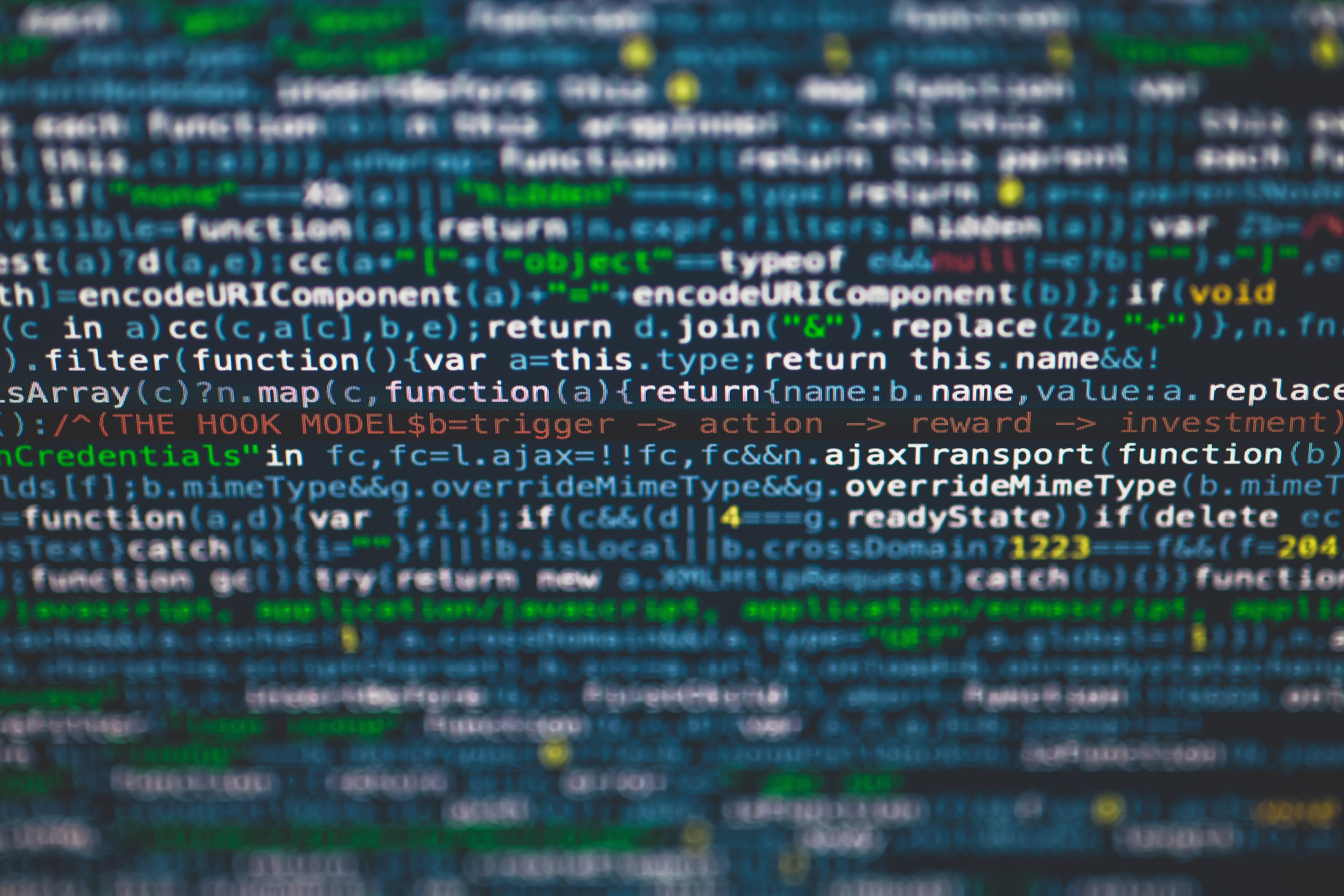With the world becoming more autonomous and efficient, we rely on computer software to perform a variety of tasks. To create the software, we write code using some kind of programming language. Research into these programming languages is a long-established field with different specialties. We usually have a common understanding of what a programming language is, which of their features are interesting, and what differentiates them from one another.
Writing code always takes place within a software system, and it’s a safe bet that there will be a graphical interface with lots more going on alongside the code, making the interface an important part of the programming experience. However, the interface itself doesn’t fit into the field of programming languages research. We can consider this broader extension the study of “programming systems”, but this doesn’t officially exist as a research field. It also lacks the sort of basic agreement on what to focus on that we see in programming languages research.
In our paper to the Programming journal, Tomas Petricek, Jonathan Edwards and I set out to kickstart such a field. We propose a catalogue of “Technical Dimensions” identifying features of programming systems that can be used to compare and analyse them. We call them dimensions because a programming system can have more or less of each one, like a box has length, width and height. However, the easy-to-measure properties of programming systems aren’t as interesting or significant as the properties we’re drawing attention to, so our dimensions are qualitative rather than numerical.
Our proposal is a starting point that we’re putting forward for researchers to test and critique. We think this work will help researchers avoid talking past one another and converge on a productive, systematic exchange of ideas. This will help to combine the best aspects of programming systems to advance the state of the art and reveal unexplored possibilities that are worth pursuing.
We were honoured that our paper received the Editors’ Choice Award, described as “the most emblematic paper for the spirit of the journal during the previous year.” This paper was over two years in the making, refined through various venues, and taken through two rounds of Major Revisions for the journal. With all the work that went into it, we’re pleased that it paid off in this way and can’t wait to see what people do with the ideas.

